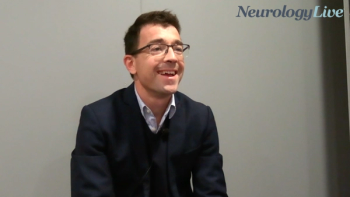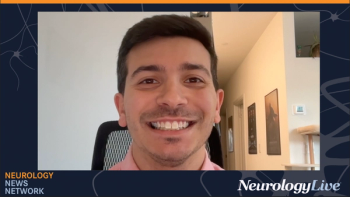
Post Hoc EPIDYS Analysis Shows Consistent Efficacy of Givinostat in Duchenne Muscular Dystrophy
Key Takeaways
- Givinostat treatment in DMD patients aged 6+ years showed slower disease progression over 72 weeks compared to placebo, with improvements in 4-stair climb time and NSAA scores.
- The EPIDYS study included 179 ambulant male individuals, assessing changes in 4-stair climb time and NSAA scores using analysis of covariance.
A post hoc analysis of the phase 3 EPIDYS trial presented at CNS 2025 revealed that givinostat delayed disease progression in 2 distinct age groups of patients with Duchenne muscular dystrophy.
A new post hoc analysis of the phase 3 EPIDYS study (NCT02851797) presented at the
This analysis assessed the efficacy of givinostat compared with placebo from baseline in patients aged 6–7 years (givinostat, n = 20; placebo, n = 7) and those older than 7 years (givinostat, n = 61; placebo, n = 32), in addition to receiving standard of care. Presented by lead author Paolo Bettica, MD, PhD, chief medical officer at Italfarmaco, the geometric least squares mean ratio (givinostat/placebo) for log-transformed 4-stair climb time compared with baseline was 0.69 seconds in the 6–7-year age group (95% CI, 0.49–0.99) and 0.88 seconds in the older than 7 years group (95% CI, 0.76–1.03).
Using log-transformed data, findings showed that the geometric least squares mean change from baseline in 4-stair climb time in the 6–7-year age group was 1.17 seconds with givinostat (95% CI, 1.00–1.38) versus 1.70 seconds with placebo (95% CI, 1.26–2.27). In patients older than 7 years, investigators reported that the corresponding changes were 1.29 seconds (95% CI, 1.18–1.41) with givinostat compared with 1.46 seconds (95% CI, 1.29–1.65) with placebo.
EPIDYS, a randomized, double-blind, placebo-controlled, multicenter, phase 3 study, included 179 ambulant male individuals aged 6 years and older who were randomly assigned 2:1 to either oral givinostat or placebo. Using analysis of covariance, researchers for the post hoc analysis assessed changes from baseline to 72 weeks in 4-stair climb time in seconds, and the total North Star Ambulatory Assessment (NSAA) score. The least squares mean difference in NSAA total score between groups was 3.77 (95% CI, −0.76 to 8.29) in the 6–7-year age group and 1.32 (95% CI, −0.50 to 3.13) in the older than 7 years group.
Givinostat, a histone deacetylase inhibitor, was
Findings in the analysis showed that the mean Fridericia-corrected QT interval (QTcF) change from baseline at the end of the study was −6.4 ms (SD, 16.87) in the givinostat group and −1.3 ms (SD, 12.83) in the placebo group; no patients experienced QTcF prolongation more than 450 ms. A QTcF change from baseline of more than 30 ms and less than 60 ms occurred in 10 patients (5.6%) receiving givinostat, and no patients had a change of more than 60 ms at any visit. Notably, other ECG parameters remained stable throughout the study.
Presented by lead author Han C. Phan, MD, head of research at Rare Disease Research, additional results revealed that the mean change from baseline in left ventricular ejection fraction at the end of the study was −1.2 (SD, 6.81) in the givinostat group and −3.4 (SD, 7.57) in the placebo group. Overall, researchers noted that in this analysis, no QTc prolongation was observed with givinostat or placebo, and that the left ventricular ejection fraction changes suggested a numerically smaller decline with givinostat compared with placebo.
REFERENECS
1. Bettica P, Laverty C, Alessi F, et al. Efficacy of givinostat by age (6–7 and >7 years): A post hoc analysis of EPIDYS. Presented at: 2025 Child Neurology Society Annual Meeting. October 8-11; Charlotte, North Carolina. Abstract #293.
2. FDA Approves Nonsteroidal Treatment for Duchenne Muscular Dystrophy. FDA. News release. March 21, 2024. Accessed October 8, 2025. https://www.fda.gov/news-events/press-announcements/fda-approves-nonsteroidal-treatment-duchenne-muscular-dystrophy
3. Phan H, Mercuri E, Byrne B, et al. Cardiac safety data for givinostat in ambulant patients with DMD: results from the EPIDYS study. Presented at: 2025 Child Neurology Society Annual Meeting. October 8-11; Charlotte, North Carolina. Abstract #284.
Newsletter
Keep your finger on the pulse of neurology—subscribe to NeurologyLive for expert interviews, new data, and breakthrough treatment updates.



































